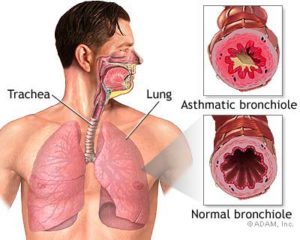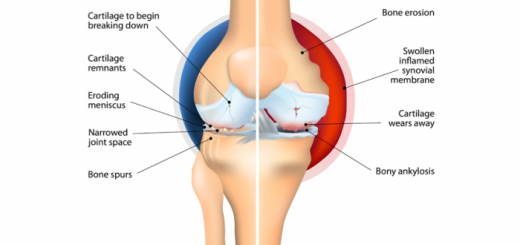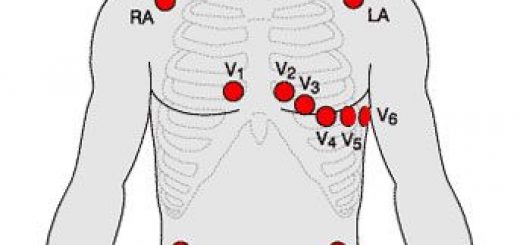What is an Asthma Attack?

The effects of asthma are reversible, but they cause difficulty in breathing and other symptoms. If an asthma attack is severe, a person may need emergency treatment to restore normal breathing.
An asthma attack is often triggered by things in the environment. These triggers vary from person to person, but common ones include cold air, tobacco smoke, exercise, allergens such as dust mites, mould, pollen or animal fur, and some types of viral infections.
When you breathe in, air travels through your nose and/or mouth through the trachea. From the trachea, it enters a series of smaller tubes that branch off from the trachea. These branched tubes are the bronchi, and they divide further into smaller tubes called the bronchioles. It is in the bronchi and bronchioles that asthma has its main effects.
When the airways come into contact with an asthma trigger, the tissue inside the bronchi and bronchioles becomes inflamed (inflammation). At the same time, the muscles on the outside of the airways tighten up (constriction), causing them to narrow.
A thick fluid (mucus) enters the airways, which become swollen. The breathing passages are narrowed still more, and breathing is hampered. Because inspiration is an active process involving the muscles of respiration, this obstruction of the airways is overcome by breathing in.
Expiration occurs with muscle relaxation and is severely delayed by the narrowing of the airways. The process just described can be normal, up to a point. Everyone’s airways constrict somewhat in response to irritating substances like dust and mould. But in a person with asthma, the airways are hyperreactive. This means that their airways overreact to things that would just be minor irritants in people without asthma.
In the early stages of attack the obstruction is reversible, however, as the attack progresses it becomes increasingly difficult to reverse the process.





